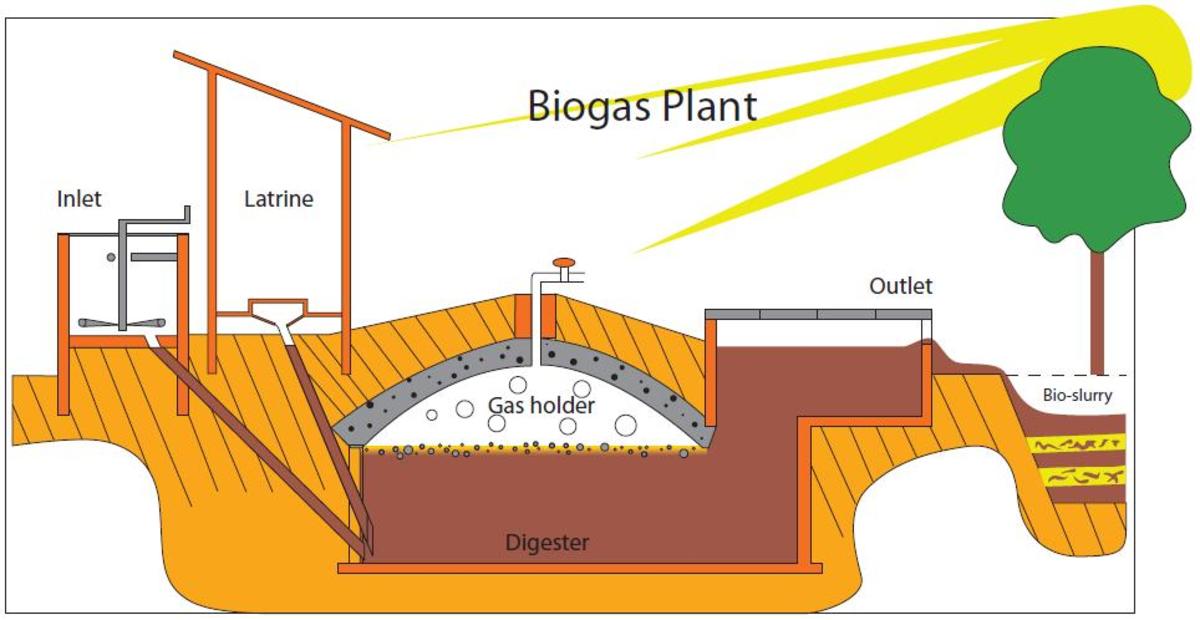The World of the Mortuary
In an interview with the Conversation Hour’s Richard Fidler, three morticians/embalmers from Australia provide a fascinating insight into the relatively unknown world of the mortuary and the subject of death.
Inside the Mortuary
A metal table, resembling an operating table, sits in the room; the table is made of stainless as it is easy to keep clean. There’s an abundance of shelves, towels, instruments, chemicals and even humanising touches such as photographs and music from the radio – it’s not all dark and scary. Bodies are bought in from their place of death, usually nursing homes or hospitals, sometimes disfigured. This job isn’t for the squeamish; a good sense of humour helps.
Difference between Morticians and Embalmers
All embalmers are morticians, but not all morticians are embalmers. A mortician prepares the dead by washing and dressing them, whereas an embalmer is a more complex and technical job which involves the preservation, sanitation and presentation of the body. It’s very similar to the difference between a cook and a chef.
The Embalming Process – A Basic Overview
Embalming is akin to a blood transfusion, the difference being it’s done on dead people and instead of using blood, the embalmer prepares an arterial solution. The solution is generally comprised of preservative chemicals (formaldehyde, glutaraldehyde and in some cases phenol), sanitising agents and disinfectants. Each solution is prepared on an individual basis as the circumstances of death and the condition of the individual at the time of death is unique e.g. the constituents of the arterial solution will differ amongst those who had conditions such as edema, dehydration, jaundice and emaciation. The solution is injected into the arteries using an embalming machine, which is like a pump and mimics the heart beat. In cases where the deceased have blockages (blood clots or tumours), the arterial solution is injected straight into the affected area to ensure thorough distribution.
Embalming slows the process of decomposition by killing the bacteria that causes decomposition and fixes cellular tissue to prevent further decomposition. The solution also clears any discolouration that comes with death and helps restore the body’s natural colour and tone.
Why Embalm?
It makes a person look better, especially for the purpose of viewing. It restores the deceased to how people most remember them by, thus giving them their best appearance for their final outing. In some cases embalming is a legal requirement e.g. when a body is placed in an above ground vault or mausoleum, overseas transfer and some airlines request embalming (it’s not necessarily a requirement).
Frequently Asked Questions
People commonly ask whether the body will be cold and whether they are able to touch it. Once a body is embalmed it will not be cold, provided that is hasn’t been refrigerated. The body does not have a living temperature (approx. 38 degrees), so its temperature is equal to the room temperature (approx. 25 degrees) - it would feel cool to touch.
The Humanistic Perspective
An aspect that is overlooked or probably many are unaware of, is that mortuary work helps form the link between the shock of death and grief. Embalming makes the process of grief as easy as possible for families and friends by leaving them with a nice memory of seeing their loved one in their coffin wearing their favourite clothes and looking relaxed and peaceful. It also enables family and friends to remember their loved one as they were. In cases where a person has died in sudden and horrific circumstances, the next time a family member sees them is to identify them. Generally they would see evidence of wounds, scars and marks, so it can be quite a traumatic experience. Embalming clears the discolouration, so marks, scars and wounds are cleaned and covered. To a certain extent, this lessens the sense of violation and distances family and friends from the circumstances of death, leaving them with a much more pleasant memory of their loved one.
The Realities of the Job
- Low pay
- Ungodly working hours
- Lingering smell of decomposed tissue; sometimes clothes have to be burnt just to eradicate the smell.
- Satisfaction of helping families through a difficult period of their life. They way embalmers present a body will have an impact on the grief process and whether or not it’s a good experience.
Mortuary work has a unique dynamic complexity, from the technical aspects of preserving and presenting the body to the psychological aspects such as helping with the grief process, bringing closure and enabling pleasant memories to linger on. Mortuary work is one of the last things that anyone can do for families and doing the utmost to help them through the process of losing a loved one is the crux of the work.








